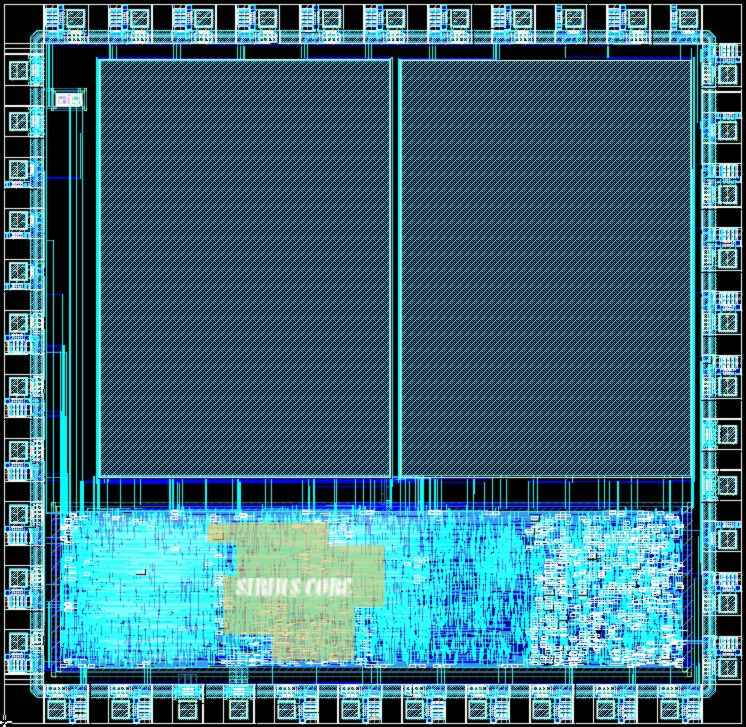

The goal of the SIRIUS development is a core with similar or improved features than the existing 16bit class of processors, but with better programmability and a high efficient C-Compiler for comfortable programming.
Why now another processor core? First of all, the overwhelming mass of processors, used in embedded systems are still 4bit, 8bit and very few 16bit processors with hundreds of million chips sold today every year. This is and will be the main market for intelligent devices and I don’t believe in a toaster with 32bit processor, operating system etc or, even a washing machine can be perfectly controlled by a 16bit controller. Most of the machines produced until now use still electro mechanical control engines.
Secondly, there is a trend to mobile, battery operated systems, requiring extremely low power, as we see it in the mobile phone business. For these devices, every surplus gate reduces standby time, well adopted, special ASICs are the only solution. Because of high performance requirements, only very few companies in the world are able to design such systems, using high level IP cores like ARM 7 series or even proprietary cores. Software compatibility to operation systems like LINUX is essential, because software design is more than half of the effort.
But there are a lot of smaller mass applications, which are just evolving and which are in the first phase of dissemination. One important example is Radio Frequency Identification (RFID) with passive and active tags, which may contain a sensor for temperature, pressure etc. These devices all contain small processors with astonishing intelligence, mostly 8bit devices. The power consumption of passive devices, which are supplied by the magnetic field of the reader, must stay below 500uW, the lower the better. All these applications will contain processor cores of medium size, optimized for the individual requirements.
Last not least, there will be more and more devices containing programmable architectures (CPLD, FPGA), now with the availability of low power devices (IGLOO-series [11], MAX II-series [12], and PolarPro [13]). Designers will use soft processor cores with battery powered designs, gaining a bigger slice from the electronic IC market.
Why now a new core? The processor core is the heart of every SOC development, the key component, its performance and properties defines everything, last not least design time and the economical success, like it is the same with the combustion engine in a car. To be able to fit a processor to your application is a must for high volume designs. If you have to implement a licensed or free core, you have to learn its performance and limitations, many compromises have to be accepted, your design may be function overloaded or at the performance limit, and …, everybody with enough money can do it! So there is big design space for optimized, well suited microprocessor soft cores. New requirements, new cores!
